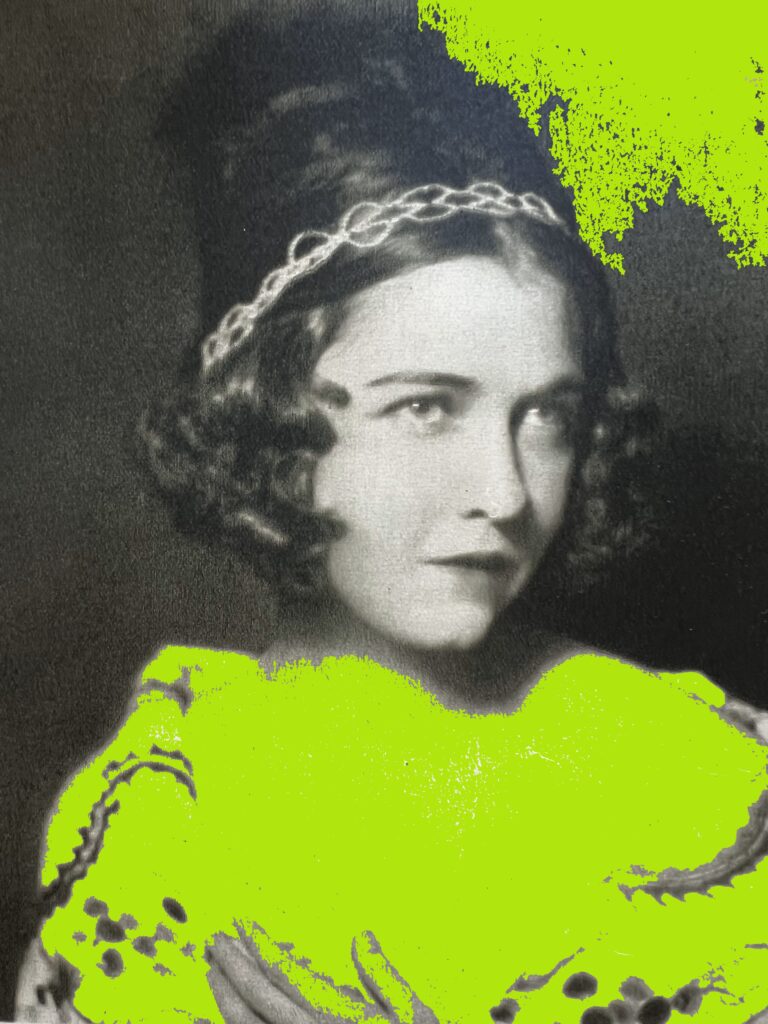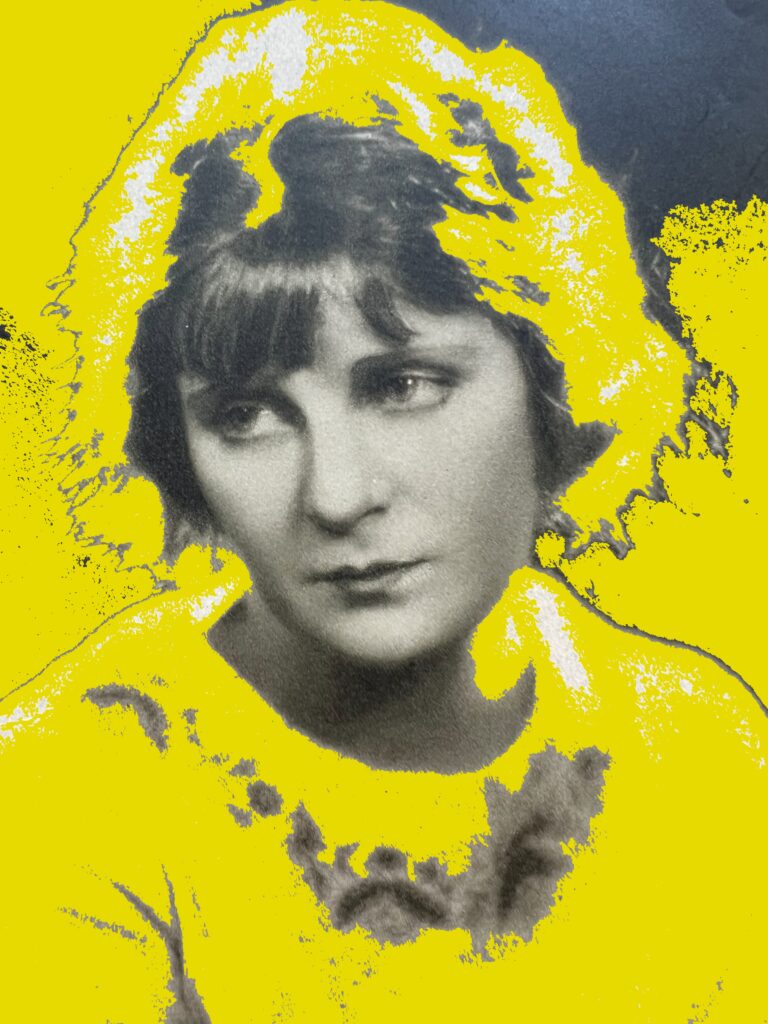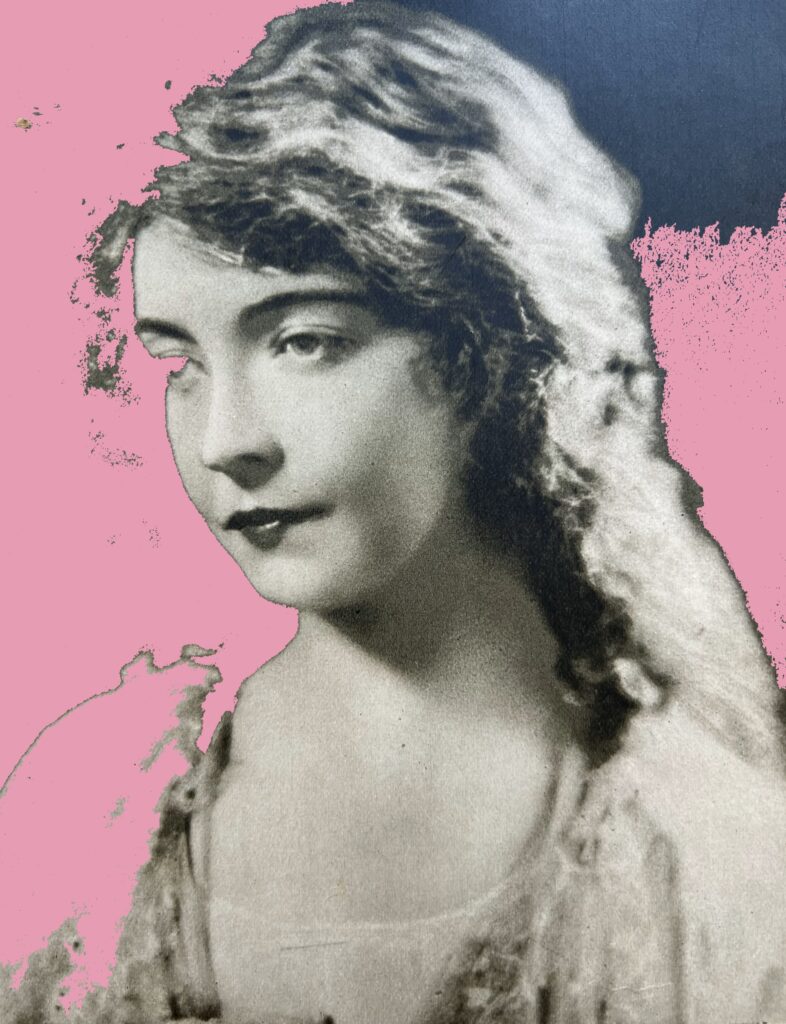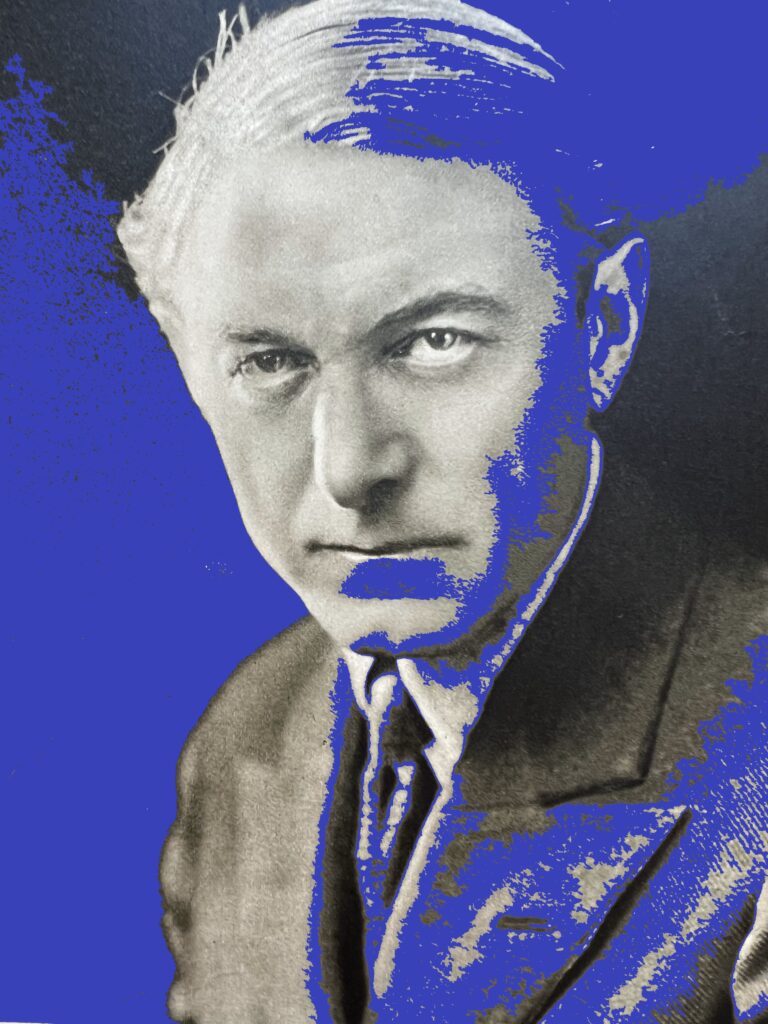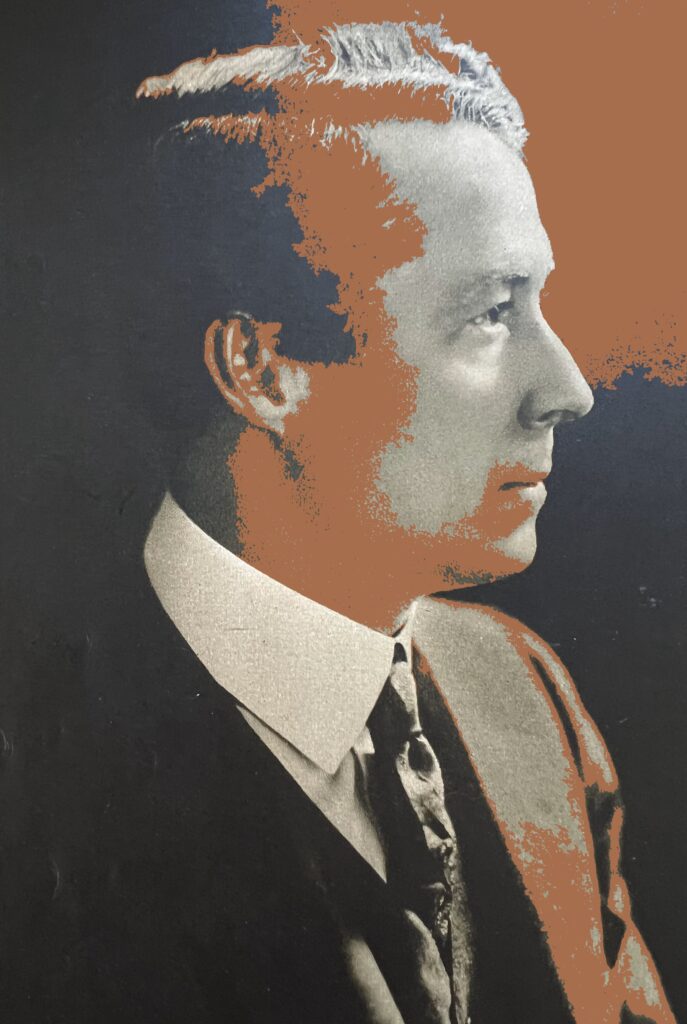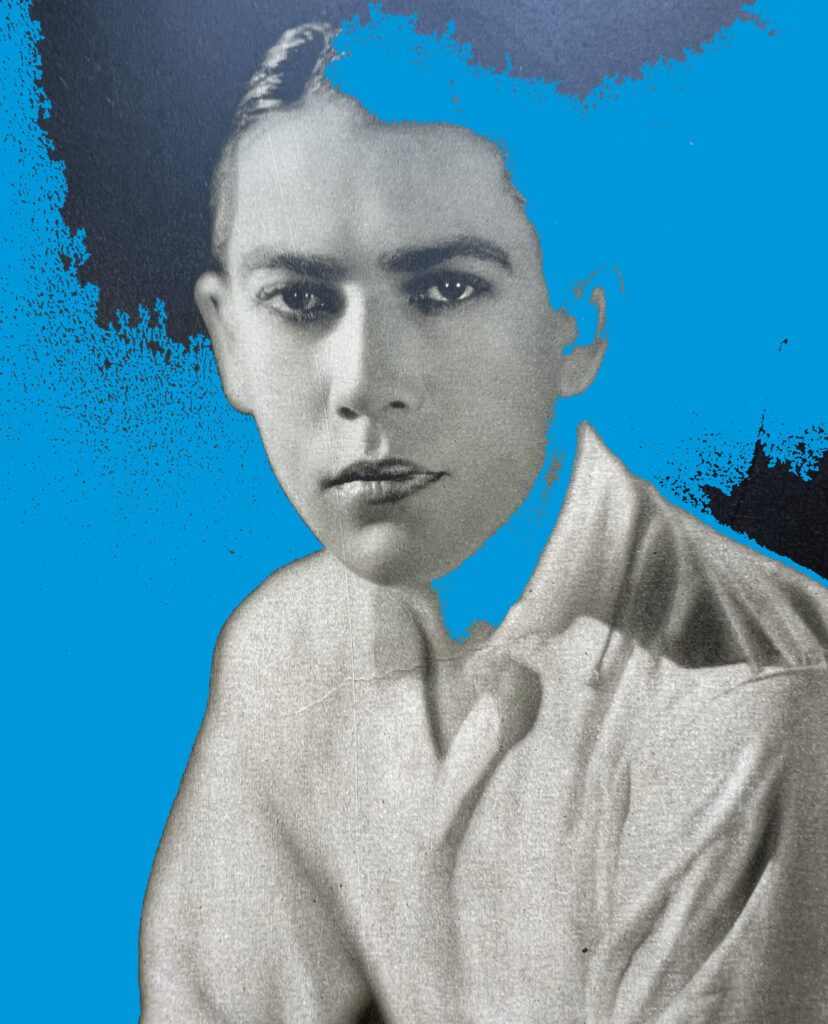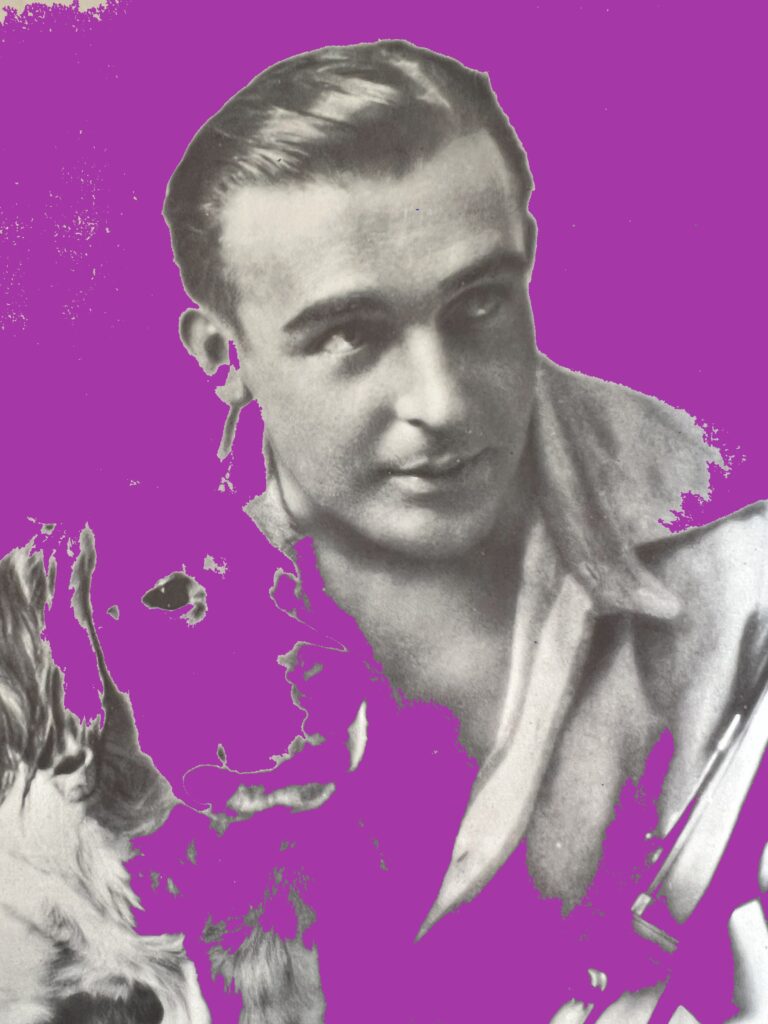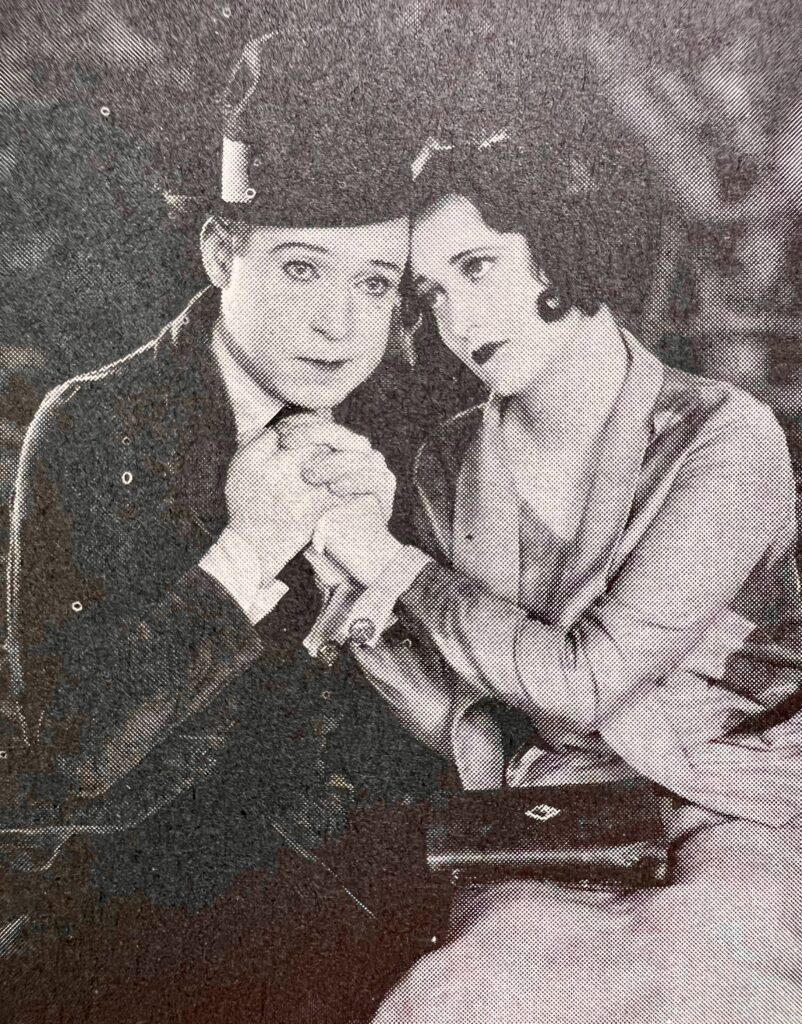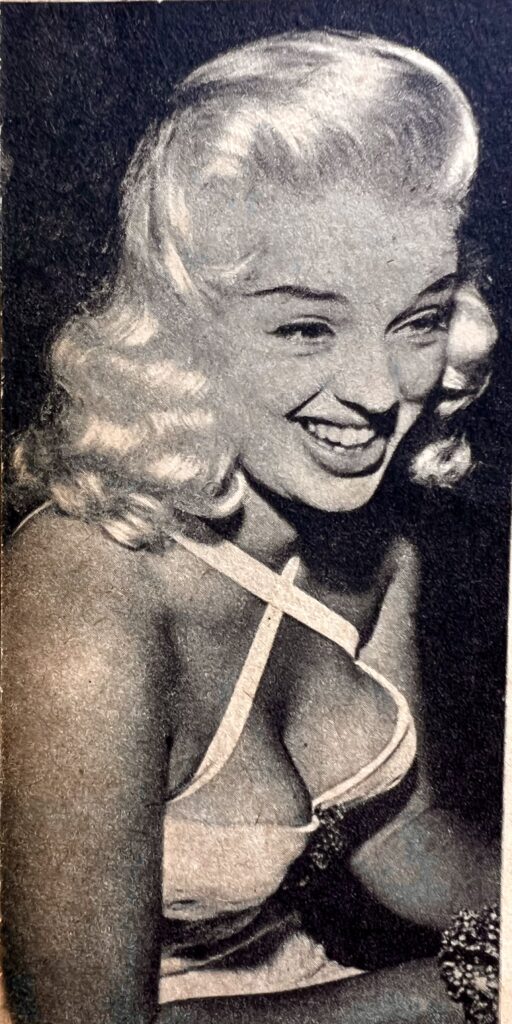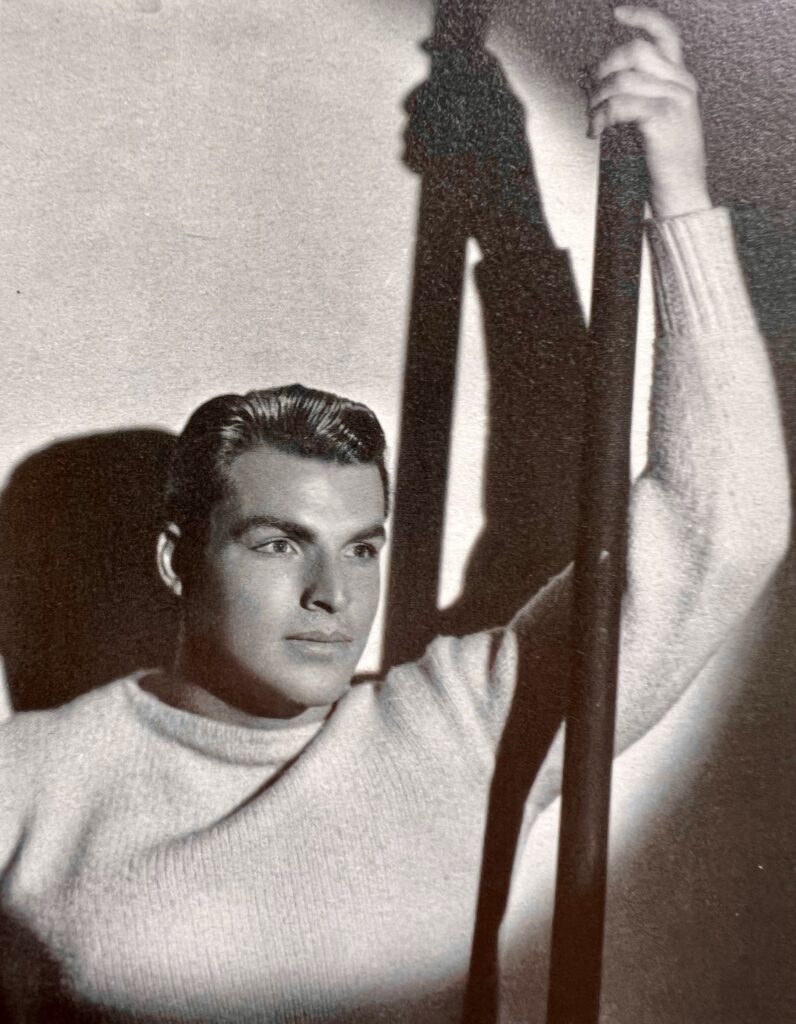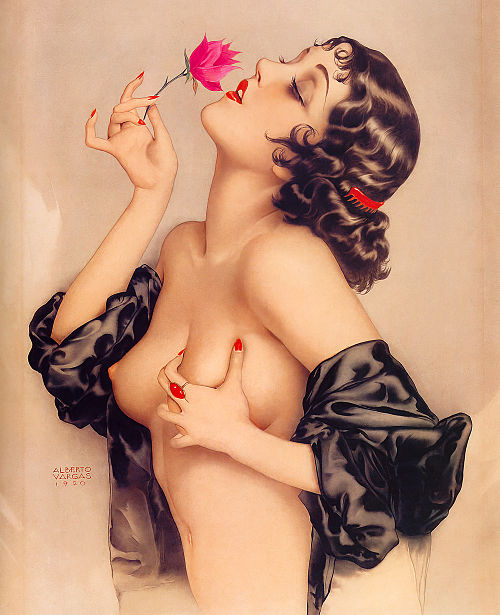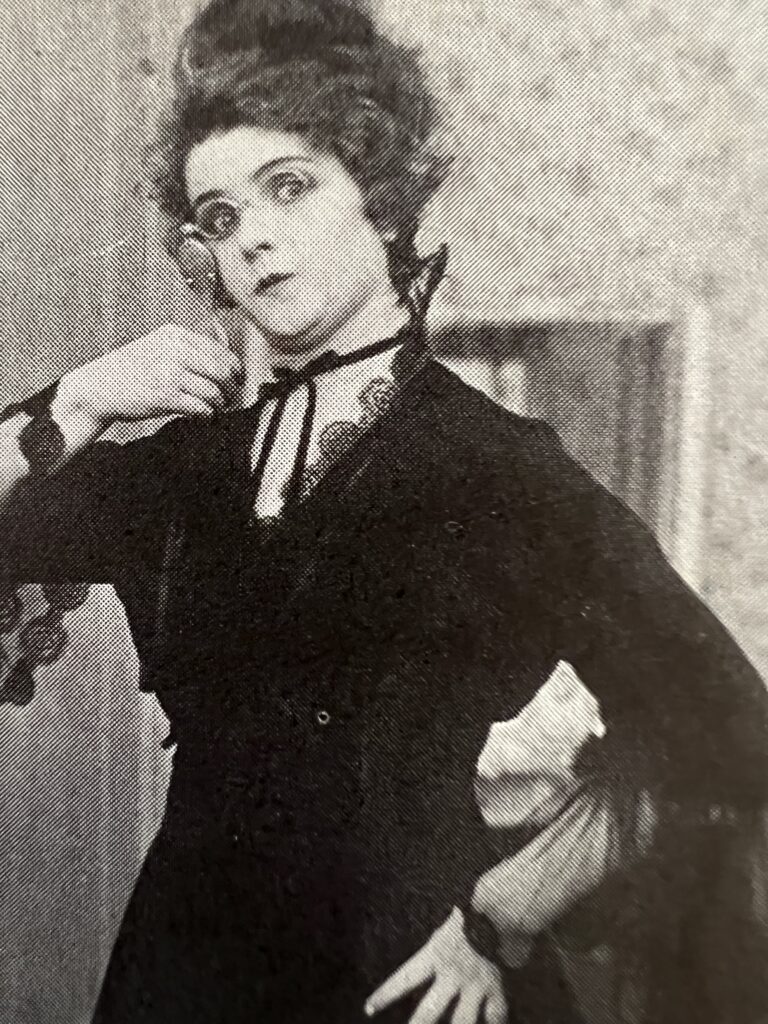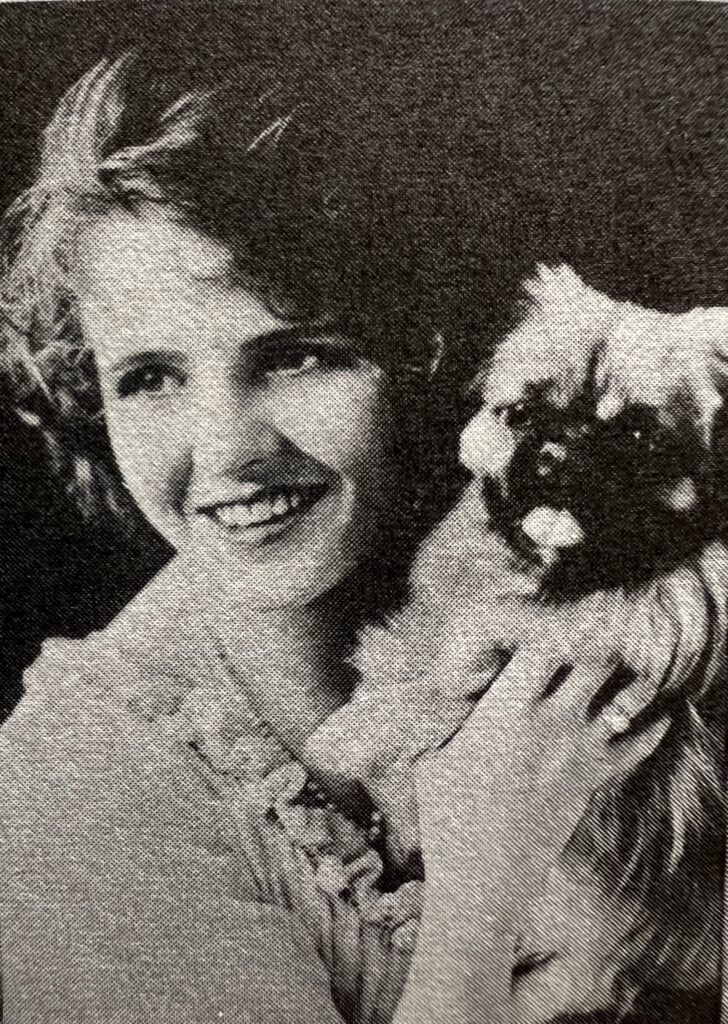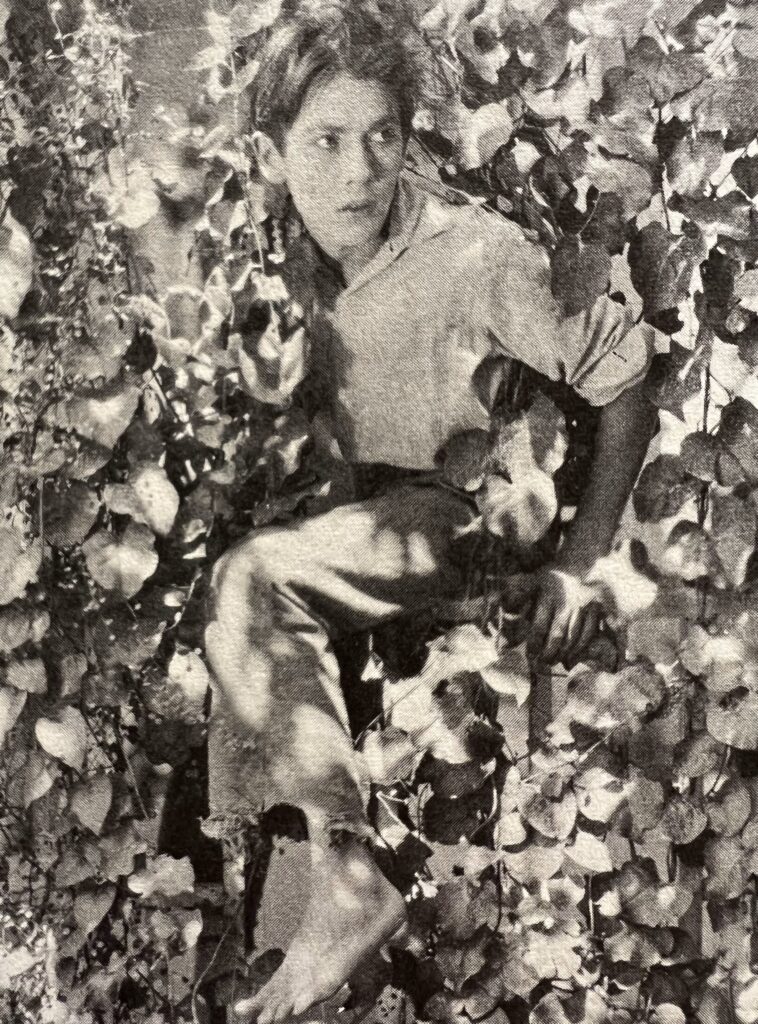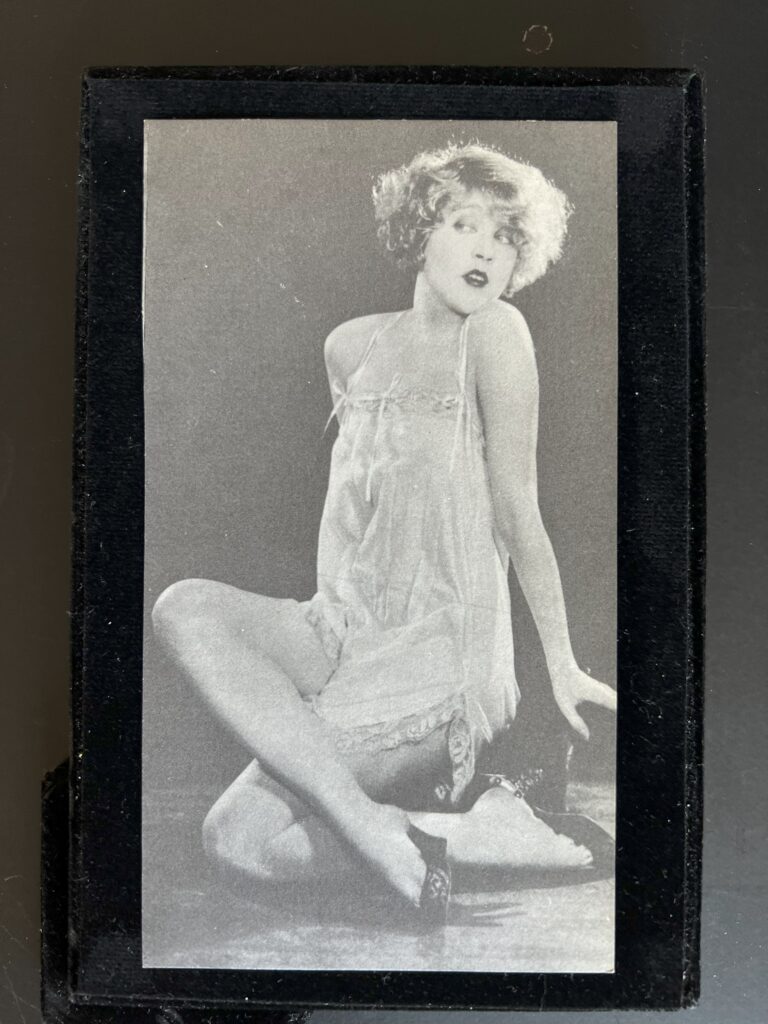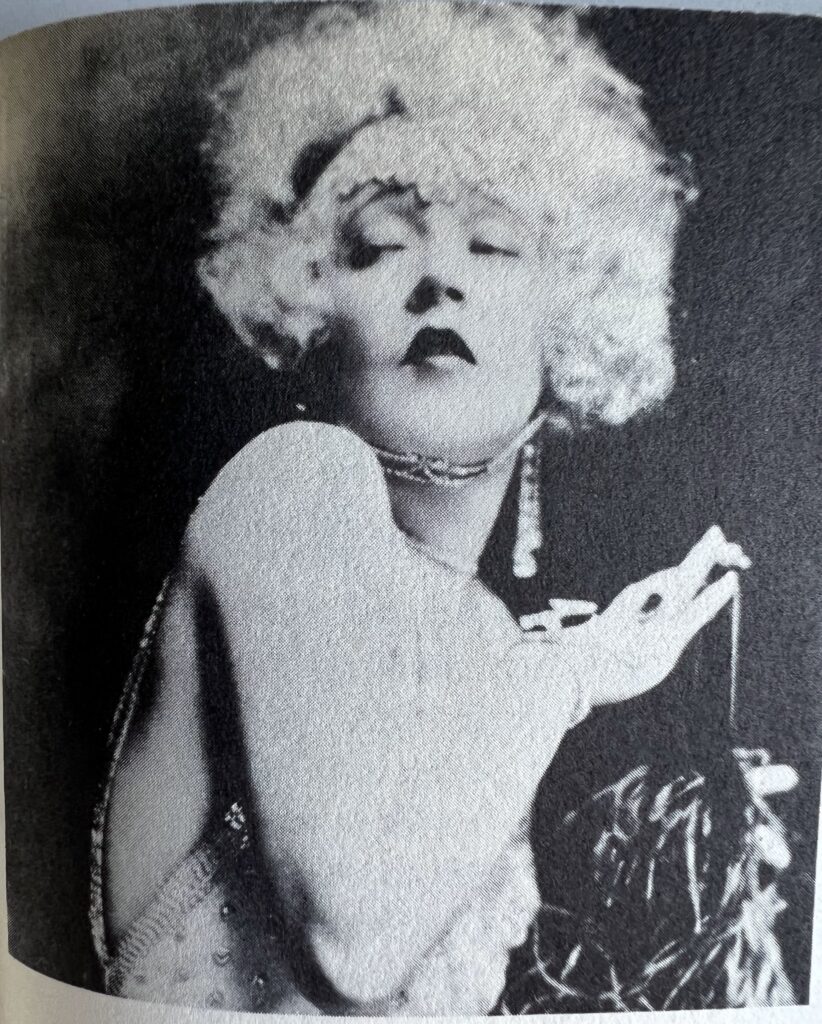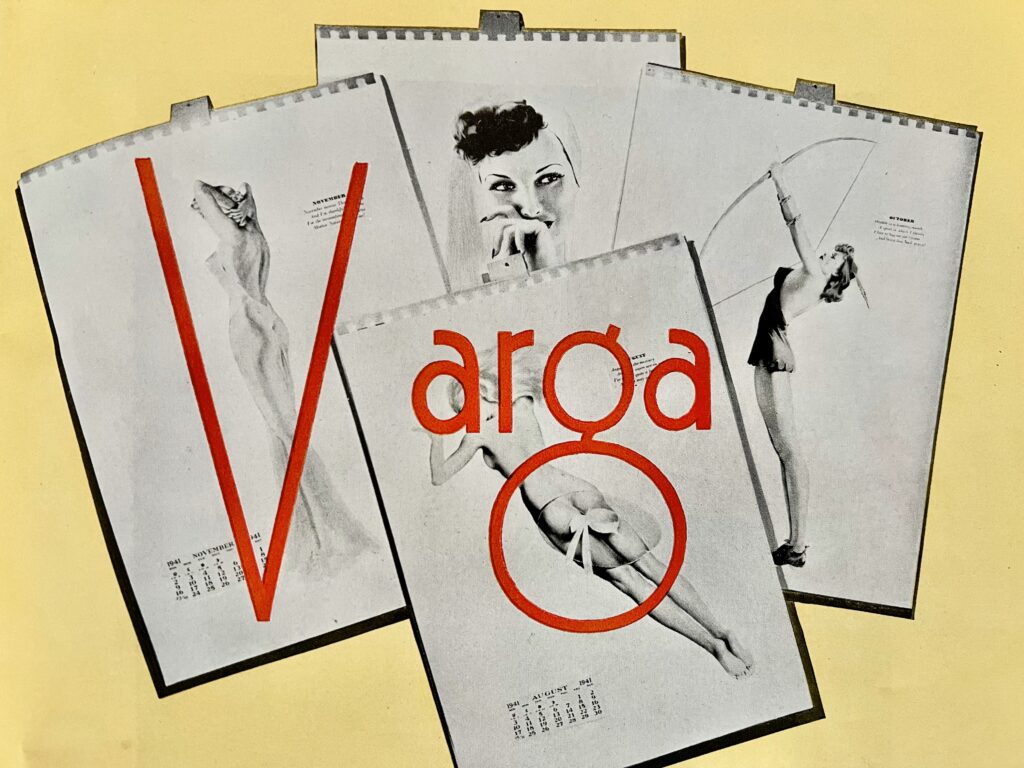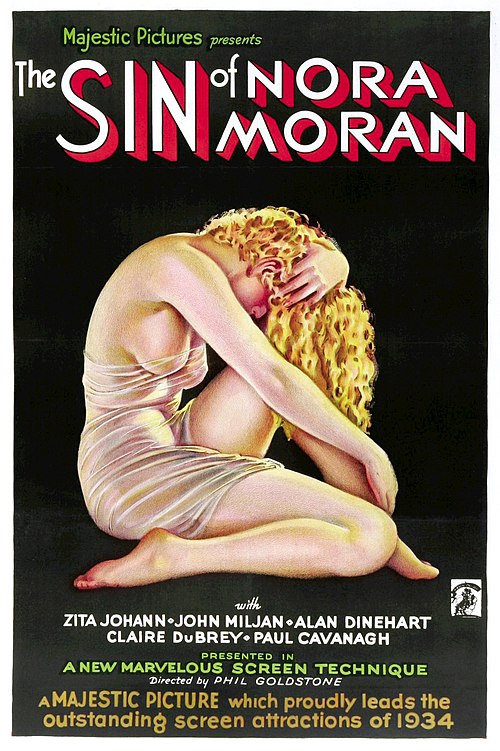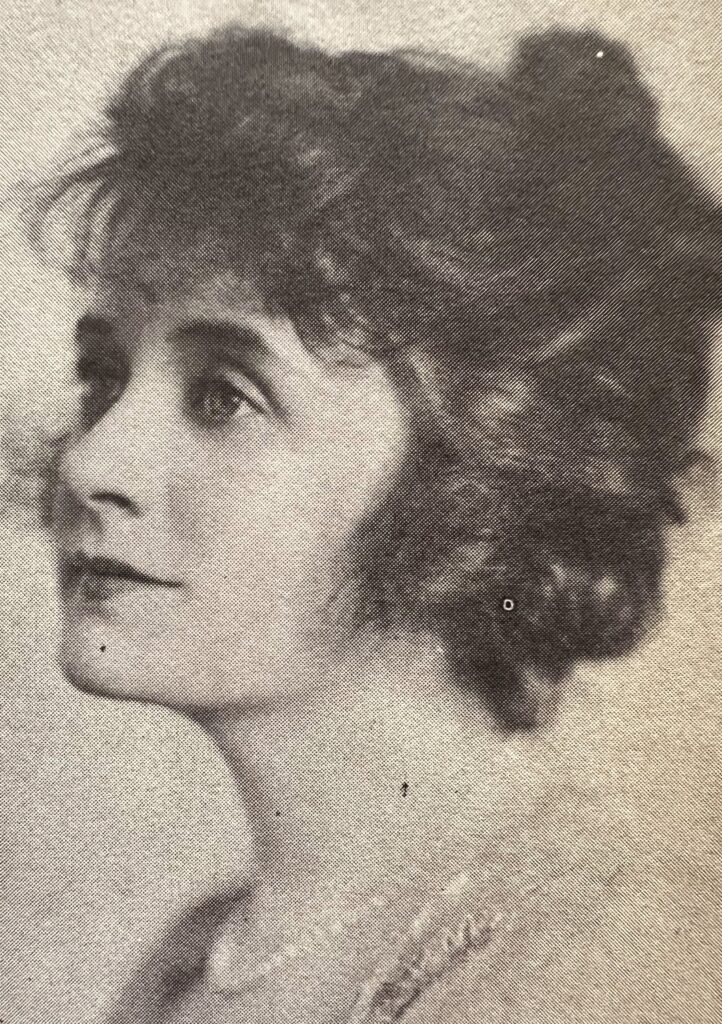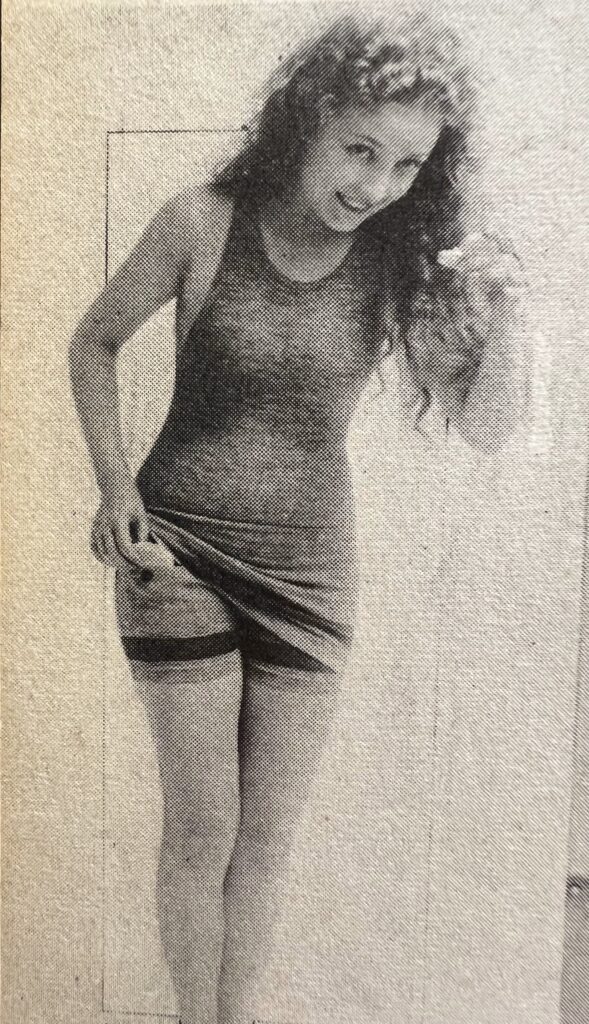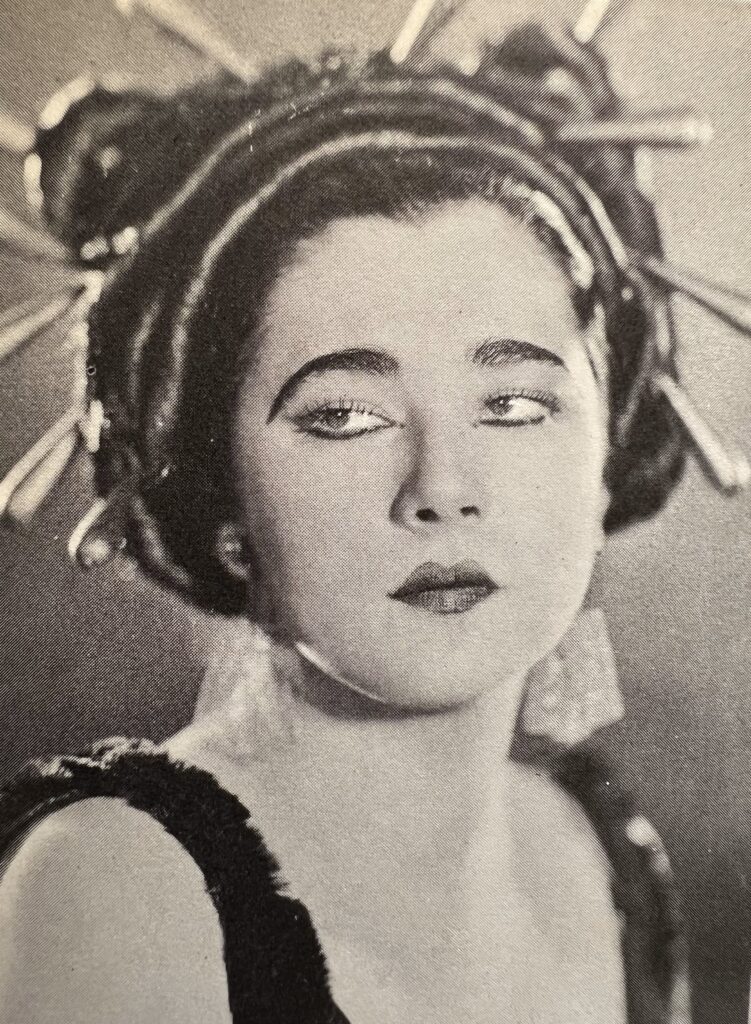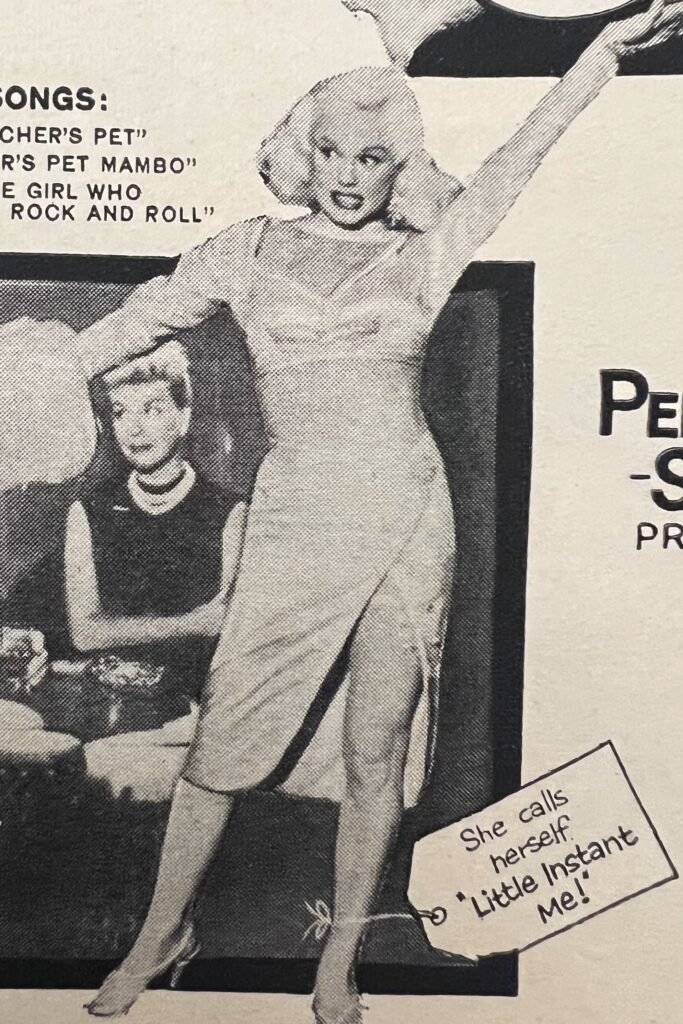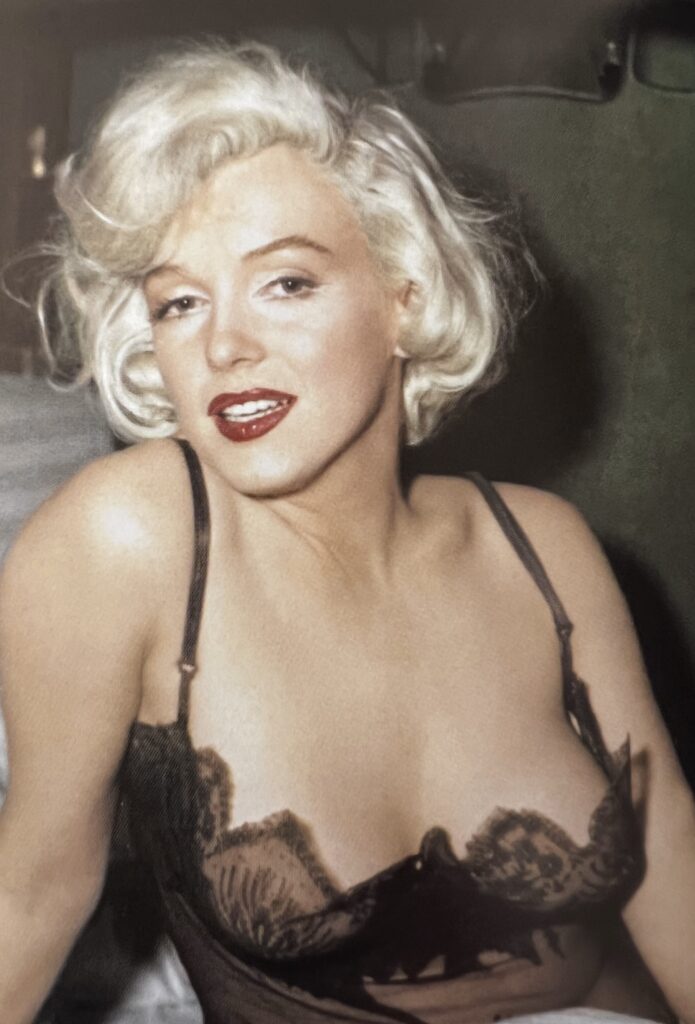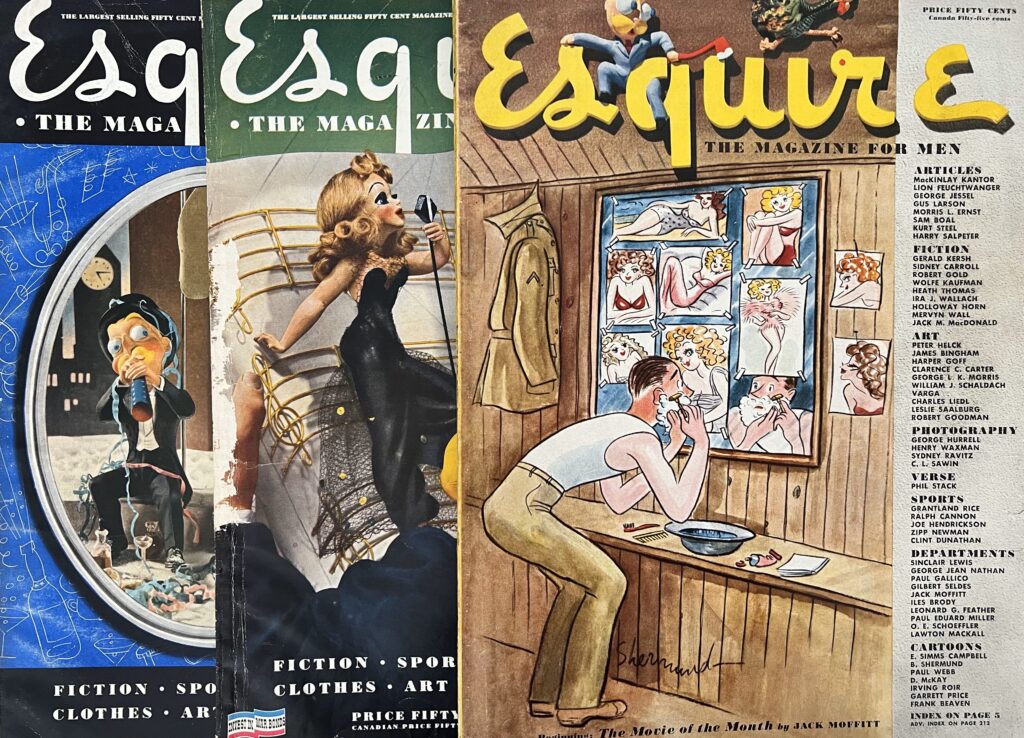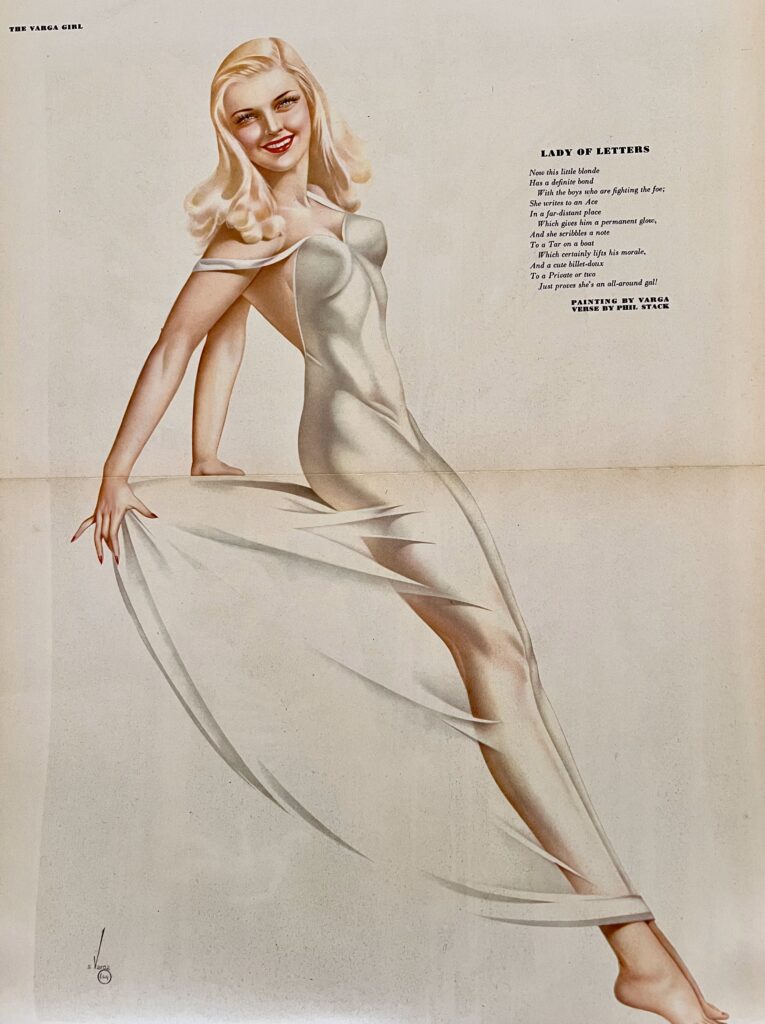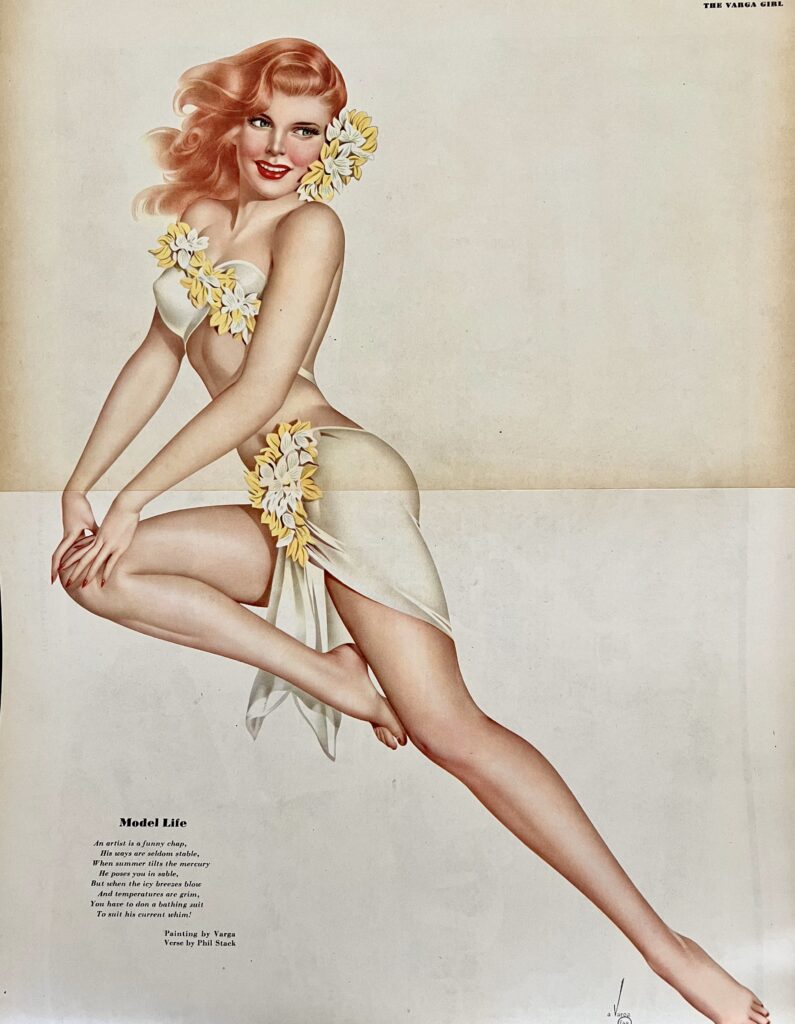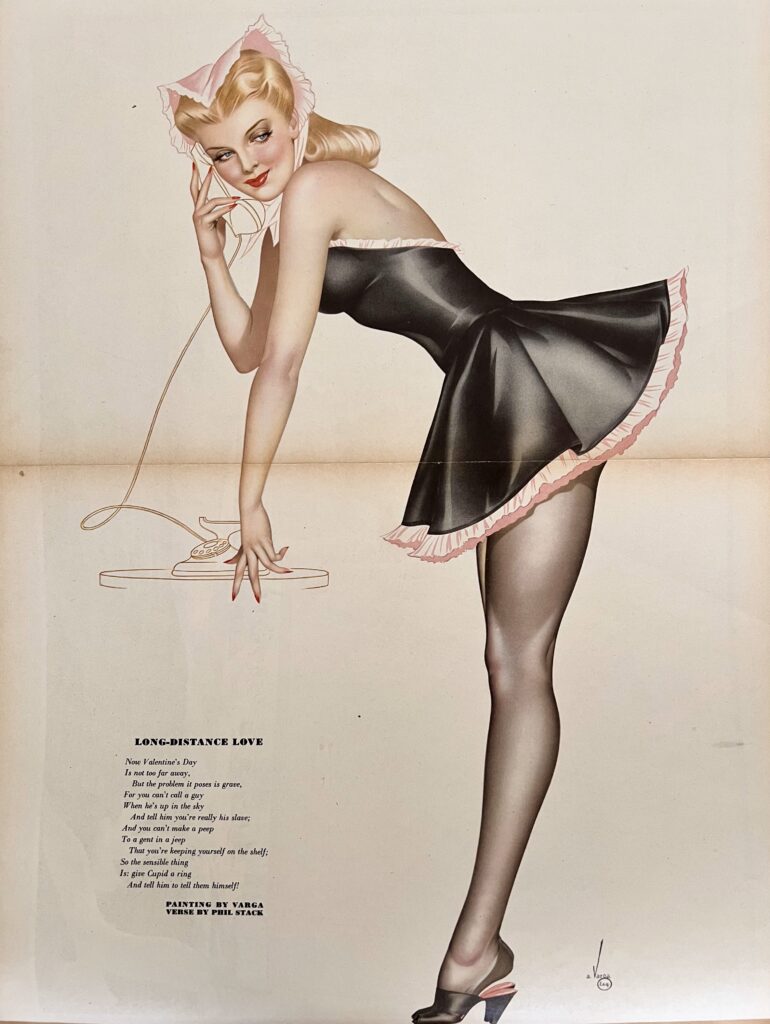(Where, oh where, is cameraman Billy Bitzer when you need him most?)

Children are like little sponges and seem to soak up everything, don’t ’cha know….
Kids are impressionable, adaptable, and malleable but can also fall into the same bad habits as the rest of us, if not challenged to step out of their comfort zone.
Parents beware!
Once upon a time, long ago before home video was ever a reality, my father, fortuitously, had one of the first affordable 8mm home movie systems. Dad became quite adept at filming and captured virtually every aspect of our lives on 8mm Kodak film, before my parents’ divorce in 1968.
After the split, there was an eerie silence, and a lot of movie paraphernalia scattered about that I had to learn to use. I’m pretty good mechanically and quickly gained Bell & Howell proficiency, but am not so adept at creative writing, certainly not at video storytelling, which wasn’t even part of our school curriculum at the time.
You see, in 1968, that subject didn’t even exist!
So, I relied on dear old Dad for all the technical cinematic stuff since I couldn’t be bothered to learn something I didn’t instantly excel at, and grew quite comfortable letting him plan all the shots and direction like, “Stand here, Keith,” or to, “Look excited and smile, son!”
I never in a million years imagined he’d be gone in just a matter of months. Then I was just lost.
Human nature, don’t ’cha think?
So, where, oh where, is cameraman Billy Bitzer when you need him most? Up in the sky with D.W. Griffith, perhaps? Come back down to earth and help me learn the cinematic skills I lack since Dad never challenged me to develop them.
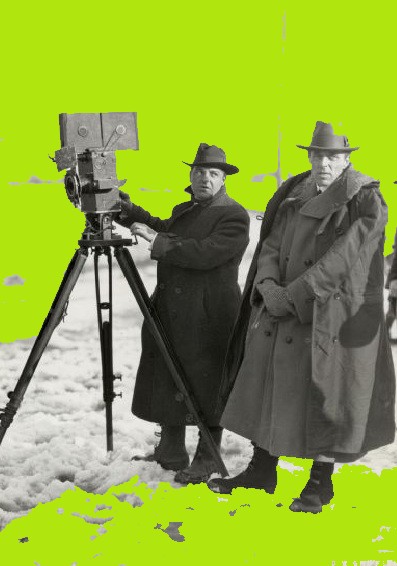
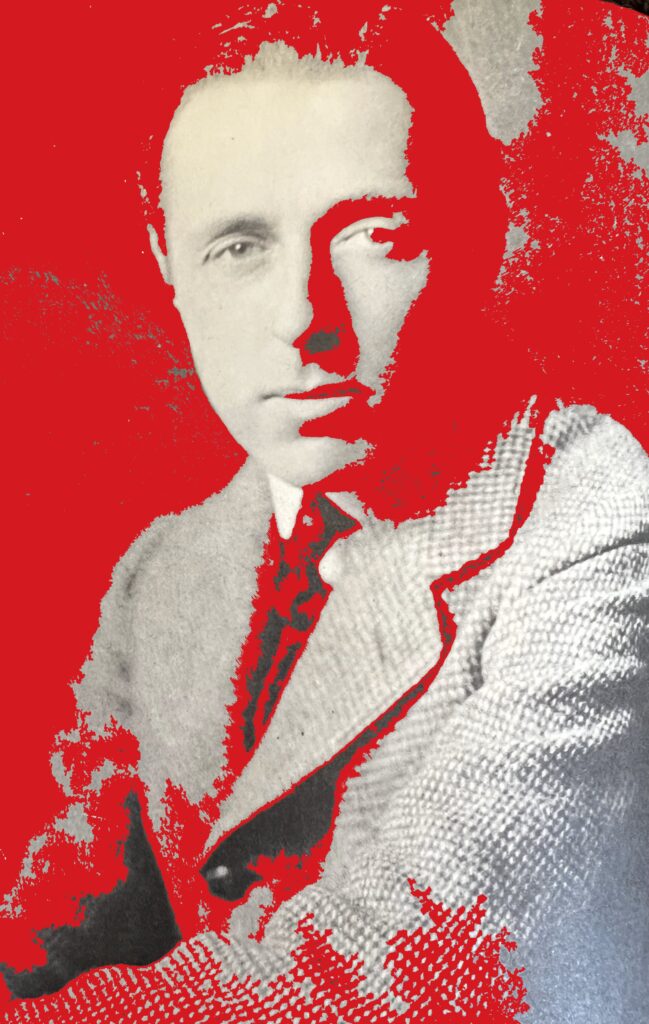
Then, suddenly Dad was gone, and my parents’ divorce was anything but friendly, get the picture? Lots of ill will in every direction, and the kids all ducked and covered, hoping they wouldn’t suffer any of the fallout.
Let’s change the channel, shall we? I feel like talking about something else now.
Let’s take up the subject of much-maligned director, D.W. Griffith (1875-1948), who with cameraman, G.W. “Billy” Bitzer (1872-1944), was instrumental in bringing so much innovation to the film world, like the close-up, fade-in, fade-out and long shot.
The problem is that D.W. Griffith is often remembered today as little more than a southern white supremacist, largely due to his interpretation of the play “The Clansman” (based on a novel by the same name) which became Griffith’s signature1915 film, The Birth of a Nation.
After D.W. Griffith’s tremendous success with The Birth of a Nation, he later failed miserably to perform after personally financing his next blockbuster epic film, 1916’s Intolerance. It eventually caused his financial ruin to be heard “from sea to shining sea.”
David Wark Griffith literally defined early Hollywood history, though, and brought us masterpieces like 1913’s Judith of Bethulia, 1915’s The Birth of a Nation and 1916’s Intolerance.
Furthermore, Griffith’s genius introduced us to the likes of Lillian & Dorothy Gish, Blanche Sweet, Mae Marsh, Henry B. Walthall, Owen Moore, Jack Pickford, Robert Harron, Lionel Barrymore, Harry Carey and Wallace Reid.
It’s all a matter of public record, don’t ’cha know…
Until next time…
